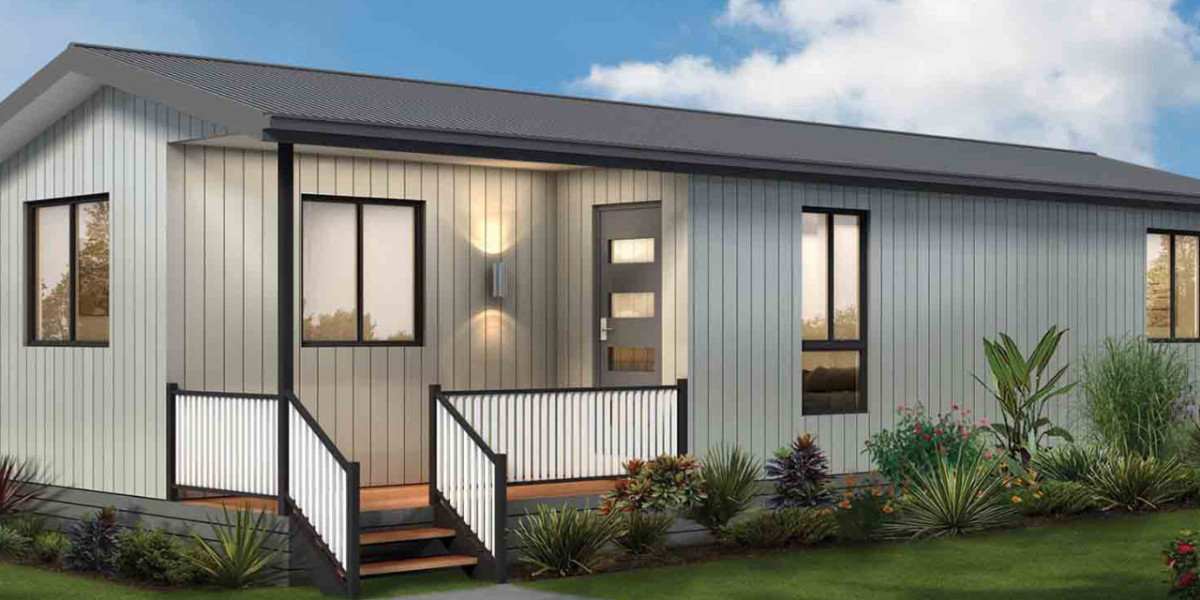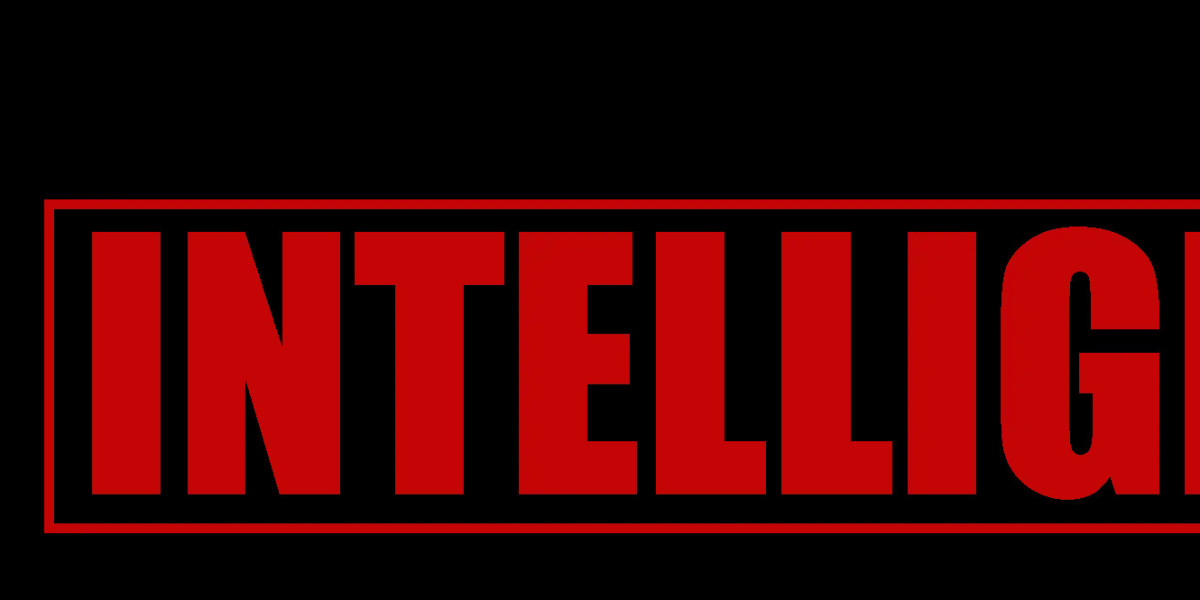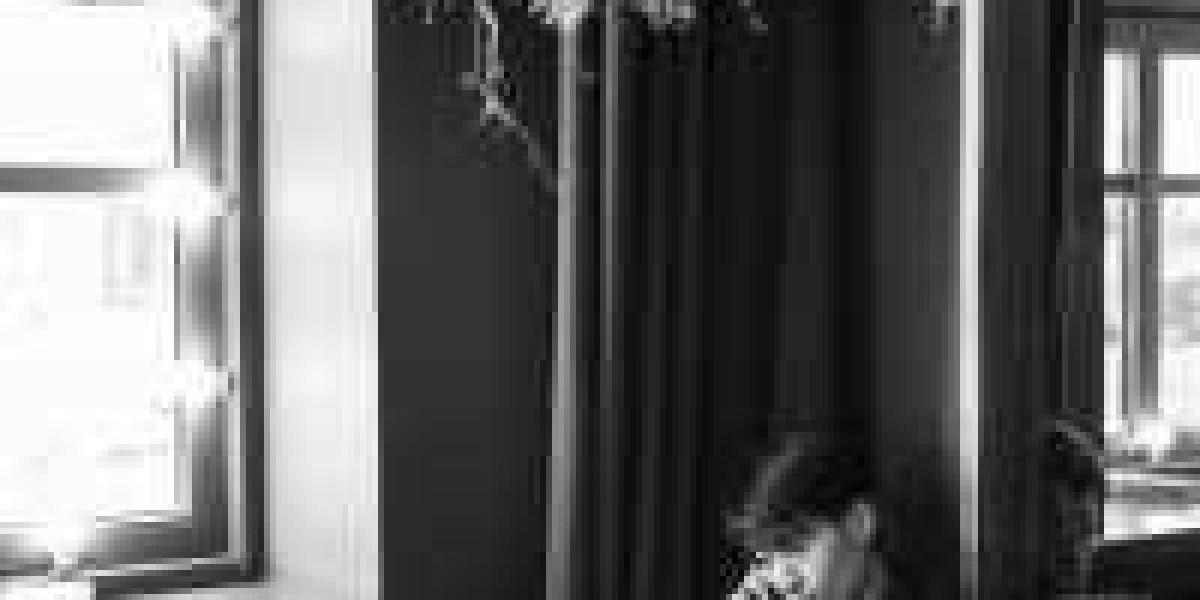In Sharjah, finding affordable housing is a growing concern. Prefabricated houses, built off-site and assembled on location, offer a promising solution. These homes are not only cost-effective but also quick to build and environmentally friendly. This article explores the economic benefits, technological advancements, cultural influences, and future prospects of prefabricated housing in Sharjah.
Economic Aspects of Prefabricated Housing
Cost-Effectiveness and Affordability
Prefabricated houses in Sharjah are known for their cost-effectiveness. The speed of construction significantly reduces labor costs. Additionally, the controlled environment of a factory minimizes material waste, further lowering expenses. This makes prefabricated homes an affordable option for many families in the UAE.
Government Policies and Incentives
The UAE government has recognized the potential of prefabricated housing and has introduced various policies and incentives to promote its adoption. These include tax breaks, subsidies, and streamlined approval processes. Such measures aim to boost the prefabricated construction industry, which is expected to grow by 8.9% to reach AED 26,444 million in 2024.
Market Demand and Future Trends
The demand for prefabricated houses in Sharjah is on the rise. Factors such as rapid urbanization, a growing population, and the need for affordable housing solutions are driving this trend. Future prospects look promising, with advancements in technology and sustainable practices likely to further enhance the appeal of prefabricated homes.
Technological Innovations in Prefabricated Housing
Advancements in Construction Techniques
Prefabricated housing has seen significant advancements in construction techniques. Prefabricated Prefinished Volumetric Construction (PPVC) is one such method, allowing entire rooms or sections to be built off-site and then assembled on-site. This technique not only speeds up the construction process but also ensures higher quality control.
Smart Home Integrations
Modern prefab homes in Sharjah are increasingly incorporating smart home technologies. These integrations include automated lighting, climate control systems, and security features. Homeowners can control these systems remotely, enhancing convenience and energy efficiency.
Use of Eco-Friendly Materials
The use of eco-friendly materials in prefabricated houses in Sharjah is on the rise. These materials not only reduce the environmental impact but also improve the overall sustainability of the homes. Prefabricated houses suppliers in Sharjah are increasingly focusing on sustainable building practices.
The impact of technological innovations in prefabricated housing is an important way to realize transformation upgrading and green development for the construction industry.
Prefabricated houses manufacturers in Sharjah are at the forefront of these innovations, offering a range of options that cater to diverse needs. From modular homes in Sharjah to concrete prefabricated houses in Sharjah, the future looks promising for this sector.
Balancing Aesthetics and Functionality
Designing for Sustainability
Designing prefabricated houses with sustainability in mind is crucial. These homes often use eco-friendly materials and energy-efficient systems. This not only reduces the environmental impact but also lowers utility costs for homeowners. The facade system, for instance, can include insulated solid panels and window-hosting panels, which help in maintaining indoor comfort while minimizing energy consumption.
Incorporating Local Culture
Incorporating local culture into the design of prefabricated houses in Sharjah is essential. This can be achieved by integrating traditional Islamic architecture elements, such as arches and courtyards, into modern designs. This approach not only preserves cultural heritage but also makes the homes more appealing to local residents.
Practical Living Spaces
Creating practical living spaces is a key aspect of prefabricated housing. The design should focus on maximizing the use of available space while ensuring comfort and functionality. Features like modular kitchens and bathrooms can offer flexibility and customization options, making the homes more adaptable to the needs of different families.
Balancing aesthetics and functionality in prefabricated housing requires a thoughtful approach that considers sustainability, cultural relevance, and practical living needs.
Cultural Influences on Prefabricated House Designs
Incorporating Traditional Islamic Architecture
Prefab houses in Sharjah often reflect traditional Islamic architecture. This includes features like arches, courtyards, and intricate geometric patterns. These elements not only honor the region's rich cultural heritage but also provide practical benefits, such as natural ventilation and cooling.
Adapting to Modern Life
While maintaining traditional elements, modern prefab homes in Sharjah are designed to meet the needs of contemporary living. Open floor plans, large windows, and smart home technologies are integrated to create a balance between cultural heritage and modern convenience.
Community and Cultural Integration
Prefab houses in Sharjah are not just about providing shelter; they also play a role in community building. These homes are often part of larger housing projects aimed at fostering a sense of community among residents. The design of these homes takes into account cultural norms and practices, ensuring that they are suitable for the local way of life. This integration helps in creating cohesive and supportive neighborhoods.
Sustainability and Environmental Impact
Energy Efficiency in Prefab Homes
Prefabricated houses in Sharjah are designed with energy efficiency in mind. These homes often include features like high-quality insulation, energy-efficient windows, and solar panels. Energy-efficient designs help reduce utility bills and lower the overall carbon footprint of the home.
Long-Lasting Environmental Advantages
Prefab houses offer numerous environmental benefits over time. They generate less waste during construction compared to conventional homes. Furthermore, their energy-efficient designs result in lower greenhouse gas emissions throughout the house's lifetime. Prefabricated houses manufacturers in Sharjah are contributing to a more sustainable and eco-friendly living environment through these innovative building methods.
Use of Recycled and Sustainable Materials
The building process for prefab houses in Sharjah often incorporates eco-friendly materials. These components are chosen for their durability and minimal environmental impact. For instance, recycled steel and repurposed wood are frequently used. Prefabricated houses suppliers in Sharjah are increasingly focusing on this sustainable approach, which helps reduce the need for new raw materials and aids in preserving natural resources.
Prefabricated Houses in Sharjah are a step towards a greener future, offering both immediate and long-term environmental benefits.
Future Prospects and Innovations
Emerging Technologies
The future of prefabricated housing in Sharjah looks promising with the advent of emerging technologies. Innovations such as 3D printing and advanced robotics are set to revolutionize the construction process. These technologies can significantly reduce construction time and costs, making prefab homes more accessible to a broader audience. Additionally, the integration of smart home systems will enhance the living experience, offering convenience and efficiency.
Customization and Personalization
One of the most exciting prospects in the prefab housing industry is the ability to offer customization and personalization. Homebuyers can now choose from a variety of designs, materials, and finishes to create a home that suits their unique tastes and needs. This flexibility not only makes prefab homes more attractive but also allows for the incorporation of local cultural elements, ensuring that the homes are both functional and aesthetically pleasing.
Potential Challenges and Opportunities
While the future of prefabricated housing is bright, there are still some challenges to overcome. Issues such as regulatory hurdles, supply chain dependencies, and public perception need to be addressed. However, these challenges also present opportunities for innovation and improvement. By focusing on sustainable practices and leveraging new technologies, the prefab housing industry can continue to grow and thrive in Sharjah.
The rise of multi-story prefab homes is a testament to the industry's potential to meet the growing demand for affordable and efficient housing solutions.
Conclusion
The rise of prefabricated houses in Sharjah is transforming the housing landscape, providing a quick and affordable solution to the housing crisis. As prefab house manufacturers in Sharjah continue to innovate, they are meeting the needs of families seeking cost-effective and sustainable living options. The support from prefab house companies in Sharjah enhances this growth, offering diverse designs that cater to local cultural preferences. This approach not only addresses immediate housing demands but also promotes a greener future, making prefabricated homes a practical choice for residents looking for quality and efficiency in their living spaces.







